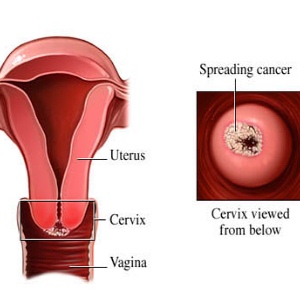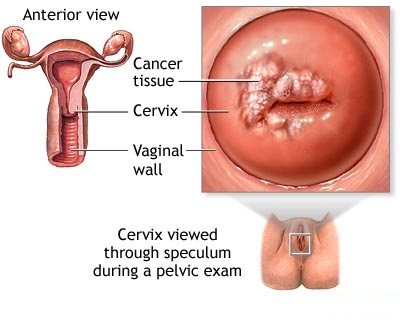The Different Types of Cervical Cancer

There are several different types of cervical cancer. Each type has different symptoms and causes, and it’s important to know about them in order to choose a treatment plan. You should consult with your doctor if you have any concerns about your health. There are many cervical cancer treatment options, including surgery and radiotherapy. The following information will help you understand which option is best for you. Your doctor will also discuss the possible risks associated with each type of cancer.
Stage IB1 is the smallest type of cervical cancer. This type usually has a low survival rate. It often spreads to nearby areas or to other parts of the body. For this type of cancer, the treatment options are similar to those for small cell lung cancer. The physician may choose to use surgery, chemotherapy, or radiotherapy, depending on the extent of the cancer. Additional imaging tests may be required for a diagnosis. A high-grade SIL usually spreads to other parts of the body.
Stage II is the most serious type of cervical cancer. It is more aggressive than stage III and may require surgery. This type is often referred to as adenosquamous carcinoma. The risk for this type is approximately one in two. Women with cervical dysplasia should seek treatment for this type as soon as they discover any abnormalities. If left untreated, the condition may lead to invasive cervical cancer. If detected early, surgery or radiation therapy will be necessary.
Unlike other types of cancer, cervical cancer is an incredibly slow process. Precancerous changes in cells in the cervix are known as precancer. These changes may develop into cervical cancer. There are two main types of cervical cancer. A third type is called adenocarcinoma. These types begin in the cells near the transformation zone. Most adenocarcinomas, however, develop from glandular cells in the uterus.
Adenosquamous cells are the most common type of cervical cancer, while squamous cells are rare. Adenocarcinomas are less common than squamous cell carcinomas, and twenty out of every hundred cervical cancers are adenosquamous. These types of cancer are treated the same as squamous cell cancers. The adenocarcinoma type of cervical cancer is often the most severe, while squamous cell carcinomas are rare.

There are many treatment options available for cervical cancer. You can choose between surgery, radiation therapy, and chemotherapy. These treatments will depend on the stage of the cancer and your overall health. The earlier the cancer is detected, the better your chances are of successfully treating it. If the cancer has spread, radiation therapy may be necessary to prevent it from spreading. In most cases, you will receive chemotherapy treatment and radiation treatments. This will ensure that you are as healthy as possible after your surgery.
The first type of cervical cancer is squamous cell. Adenocarcinoma is the most common form of cervical cancer. Adenocarcinoma is a type of cancer that develops in the mucus-producing glands in the endocervix. Generally speaking, adenocarcinoma is found more frequently in the exocervix than in the uterus.
If you are diagnosed with cervical cancer, you should contact your doctor immediately. Symptoms of cervical cancer may include bleeding or pelvic pain. Your doctor will prescribe various types of treatment for you. Surgery is the most common type and may involve removing part of the cervix or pelvic organs. If the cancer has spread, you may want to avoid this type of surgery. The second type, known as adenocarcinoma, is the least dangerous type.
The second type is squamous cell carcinoma. This type of cancer can be diagnosed in any part of the body. Squamous cell carcinoma is the most common form of cervical cancer and affects approximately 30% of all women. The most common type is squamous cell carcinoma (SCC), which is the most common type of invasive cervical cancer. It may start on the outer surface of the cervix, but it can also spread to the uterus.
Cervical cancer is a common occurrence among women. Your doctor will recommend a specific treatment plan depending on the type of cancer you have. The general practitioner will arrange a series of tests, which you can see on the website https://benakat.co.id/, to rule out lesions in the cervix. If the doctor thinks there are no visible symptoms, she will refer you to a specialist. The specialist will discuss the type of cancer and the best course of treatment. An interdisciplinary team may be formed to assess your health and make a diagnosis.